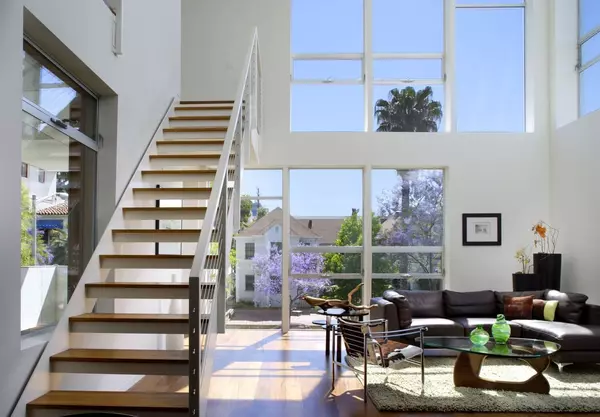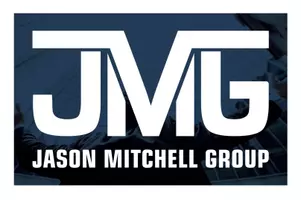Padres say MLB’s new ‘robot umps’ review system a mix of technology, human element
Mike Shildt knows better than to stand in the way of progress.
In the case of the Automated Ball-Strike (ABS) challenge system approved for the 2026 season on Tuesday by Major League Baseball’s joint competition committee, technology could very well save the Padres manager from himself.
“I think it’s also going to save managers some money,” Shildt said with a laugh. “We’re going to have to really work hard to get ejected now. With replay, you can’t argue against … New York, although I’ve tried, and that didn’t work. That’s a bigger fine. And now you can’t yell at an umpire for balls and strikes, because he’s just doing what the monitor tells him. So ejections go way down and fines are down.
“So anyway, that’s maybe a benefit from it.”
That’s not to say that Shildt isn’t a fan of the commissioner’s office doing what it can to improve the game. He lumps ABS with the three-batter minimum and pitch clock as changes that were only a matter of time. MLB has been studying fan engagement and enjoyment and is trying to make the game more appealing to a younger audience.
Getting calls right is part of that consideration, and MLB has the technology to help umpires with the strike zone just as they can use instant replay to review calls on the field.
But “robot umps,” as the ABS system is called in passing, won’t apply to every pitch.
Just contested pitches.
If a pitcher, catcher or hitter disagrees with the plate umpire’s call, he simply taps his hat or helmet and vocalizes a challenge. From there, the Hawk-Eye cameras tracking each pitch determine if the ball clipped any part of the strike zone. The review of the challenge will then be played on ballpark videoboards in a process that takes about 15 seconds.
Each team will start each game with two challenges, with successful challenges retained.
The system has been tweaked over recent years in the minors and was in use in spring training as a potential preview for the 2026 season.
“I like the challenge system,” Padres first baseman Ryan O’Hearn said. “I think it’s a good mix of the human element and guys being able to challenge pitches in big spots. I like the format of it. It’s not going to be like a first-inning, anytime challenge. It’s going to be in big spots. Guys don’t want to lose a challenge for their team.”
Indeed, a strategy will emerge when it comes to using the challenges. Guidelines will also take shape, as Triple-A El Paso manager Pete Zamora said in spring training that his catchers were in charge of challenges.
Reliever Jeremiah Estrada, who’d been part of minor league games with a version of ABS in play, sees the logic in that.
“I’ll leave it up to the catcher,” Estrada said. “He’s the one that knows. I mean, I know what will look like a strike … but he’s seen it throughout the entire game to understand where the umpire’s eyes have been at.”
As part of the move to the ABS challenge system, the strike zone will be defined in a way like never before.
Baseball rules outline what the strike zone is, but the boundaries can be inconsistent from game to game and even pitch to pitch, judging by some of the independent umpire reviews that take place on such websites as UmpScorecards.com.
The strike zone used for next year’s challenge system will be a two-dimensional rectangle set in the middle of home plate with the edges set to the width of the plate (17 inches), the top based on 53.5% of a batter’s height and the bottom based on 27% of a batter’s height.
Official heights will be measured and certified before a player may appear in an MLB game. Measurements were taken this year in spring training before the system was used on a trial basis at select parks in Cactus and Grapefruit League games.
At that point, Shildt figured implementation in the majors was only a matter of time.
“That was coming,” Shildt said.
He added: “I think it’s ultimately that you want to get it right. You want a fair game, and you don’t want a decision to be made to affect a team one way or the other.”
Categories
Recent Posts










GET MORE INFORMATION


